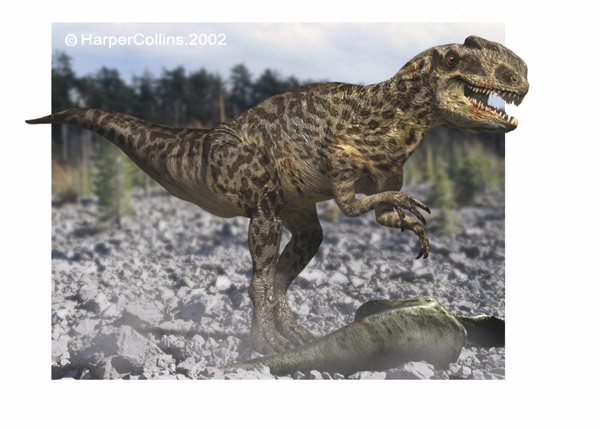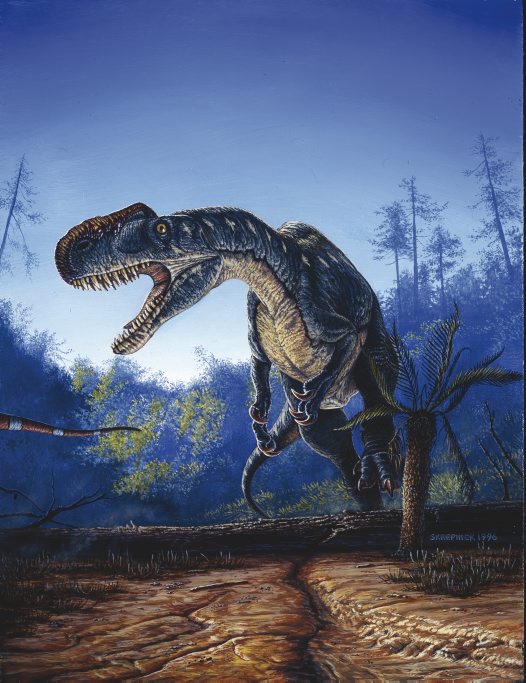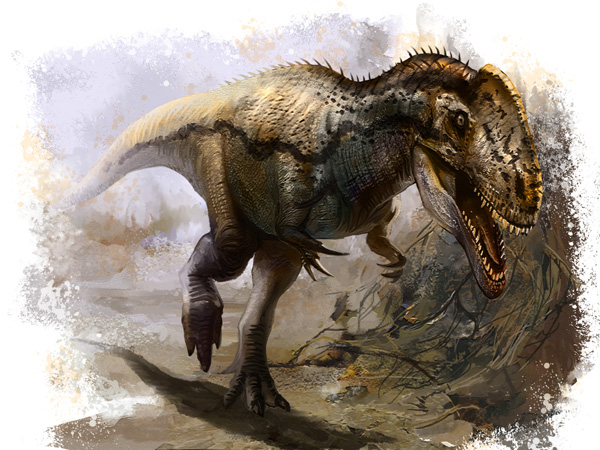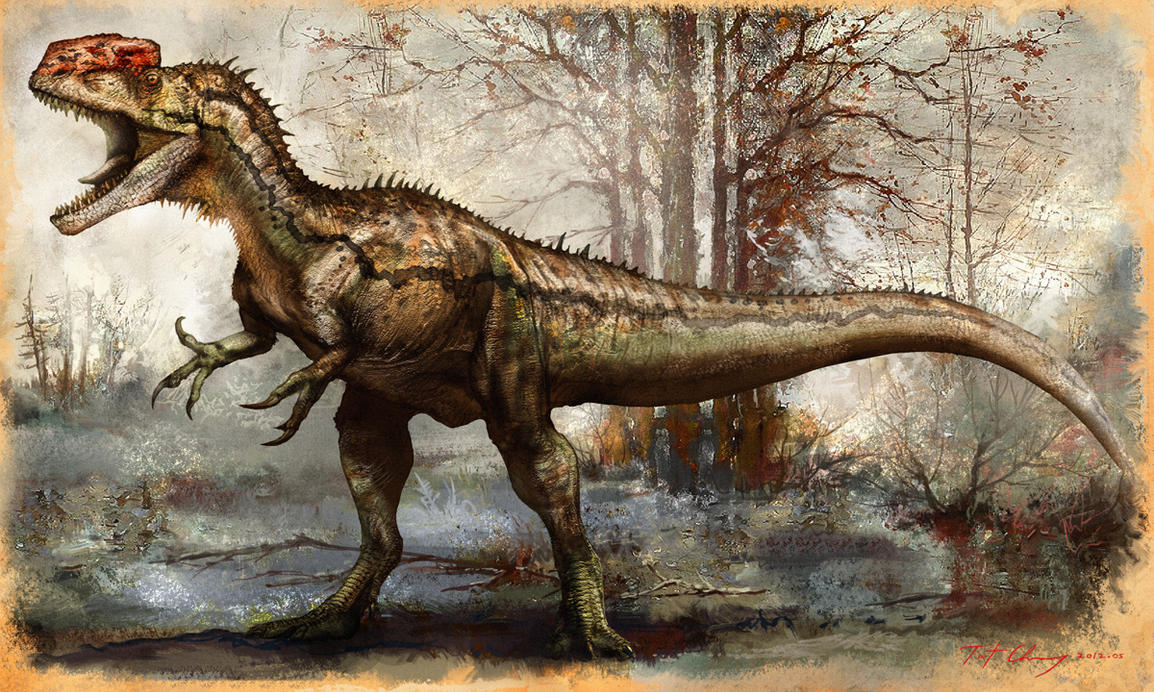[Recent Entries][Archive][Friends][User Info]
November 8th, 2012
| November 8th, 2012 | |
|---|---|
| 06:27 pm [industrialterro] [Link] |
Monolophosaurus Monolophosaurus ( A nearly complete skeleton was unearthed in 1984. At first, before description in the scientific literature, it was known in the press as "Jiangjunmiaosaurus", a nomen nudum. In 1993 Zhao and Currie named the type species Monolophosaurus jiangi; the species name refers to Jiangjunmiao ("an abandoned desert inn") near which the holotype IVPP 84019 was found. Monolophosaurus was originally termed a "megalosaur" and has often since been suggested to be an allosauroid. Carr (2006) even suggested that the "proceratosaurid" "tyrannosauroid" Guanlong was a subadult Monolophosaurus and therefore an "allosauroid", by noting both taxa have a large, thin, and fenestrated midline crest, but this is probably not the case. Smith et al. (2007) was the first publication to find Monolophosaurus to be a non-neotetanuran tetanuran, by noting many characters previously thought to be exclusive of Allosauroidea to have a more wider distribution. Also, Zhao et al. (2009) noted various primitive features of the skeleton suggesting that Monolophosaurus could be one of the most basal tetanuran dinosaurs instead. Benson (2008, 2010) placed Monolophosaurus in a clade with Chuandongocoelurus that is more basal than Megalosauridae and Spinosauridae in the Megalosauroidea. Latter, Benson et al. (2010) found the Chuandongocoelurus/Monolophosaurus clade to be outside of Megalosauroidea and Neotetanurae, near the base of Tetanurae.
Репродукции (1, 2, 3, 4, 5, 6, 7, 8, 9, 10, 11, 12, 13, 14, 15):
( Read More ) Размеры тела в сравнении с человеком:
Ископаемые останки и реплики (1, 2, 3, 4, 5, 6, 7):
( Read More ) Tags: Вымершие рептилии, Юра, авеметатарзалии, архозавроморфы, архозавры, диапсиды, динозавроморфы, динозавры, мегалозавриды, тероподы, ящеротазовые |
| Time | Event |
| 07:36 pm [industrialterro] [Link] |
Mymoorapelta Mymoorapelta ("Shield of Mygatt-Moore") is an ankylosaur from the Late Jurassic (Kimmeridgian-Tithonian) Morrison Formation (Brushy Basin Member) of western Colorado. The taxon is known from portions of a disarticulated skull, parts of three different skeletons and other postcranial remains. Present in stratigraphic zones 4 and 5 of the Morrison Formation. There is presently some controversy as to this ankylosaur's position within the Ankylosauria. Vickaryous et al. (2004) considered it Ankylosauria incertae sedis, while Kirkland et Carpenter (1994) placed it within the Family Polacanthidae. A new cladistic analysis performed by Thompson et al., 2011 suggests that Mymoorapelta is a basal nodosaurid. To date, only a single species has been named for this taxon, M. maysi. Along with Gargoyleosaurus parkpinorum, Mymoorapelta is one of the earliest known ankylosaurs, providing a look at the early evolution and diversification of this group of dinosaurs.
Ископаемые останки и реплики (1, 2, 3, 4):
Tags: Вымершие рептилии, Юра, авеметатарзалии, анкилозавры, архозавроморфы, архозавры, диапсиды, динозавроморфы, динозавры, нодозавры, полакантины, птицетазовые, тиреофоры |
| Previous Day | 2012/11/08 [Archive] |
Next Day |

















